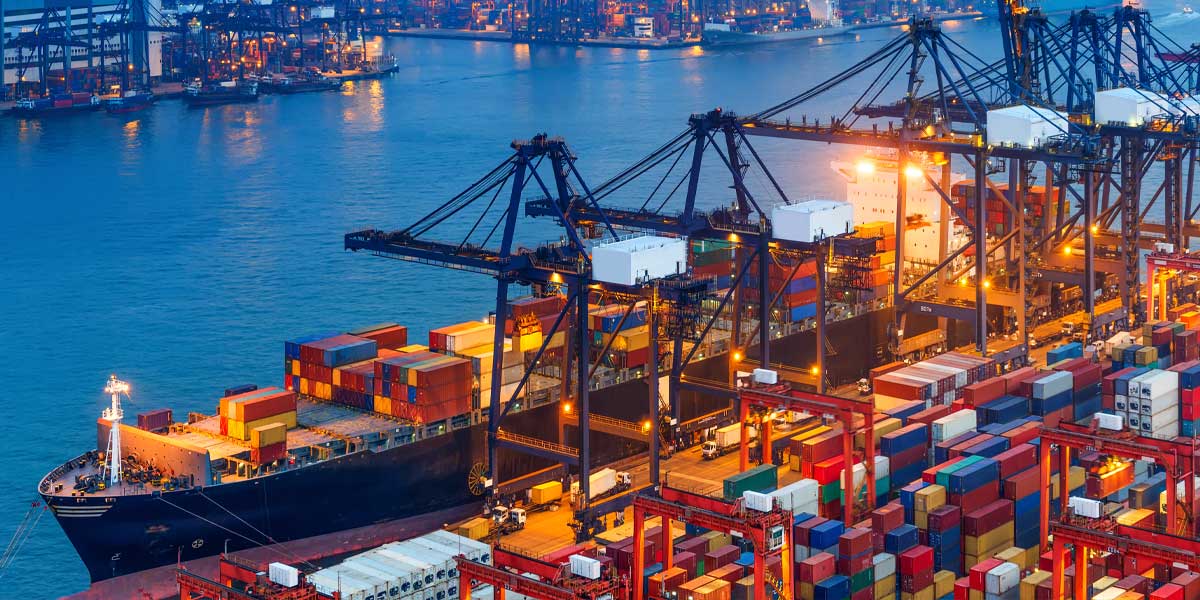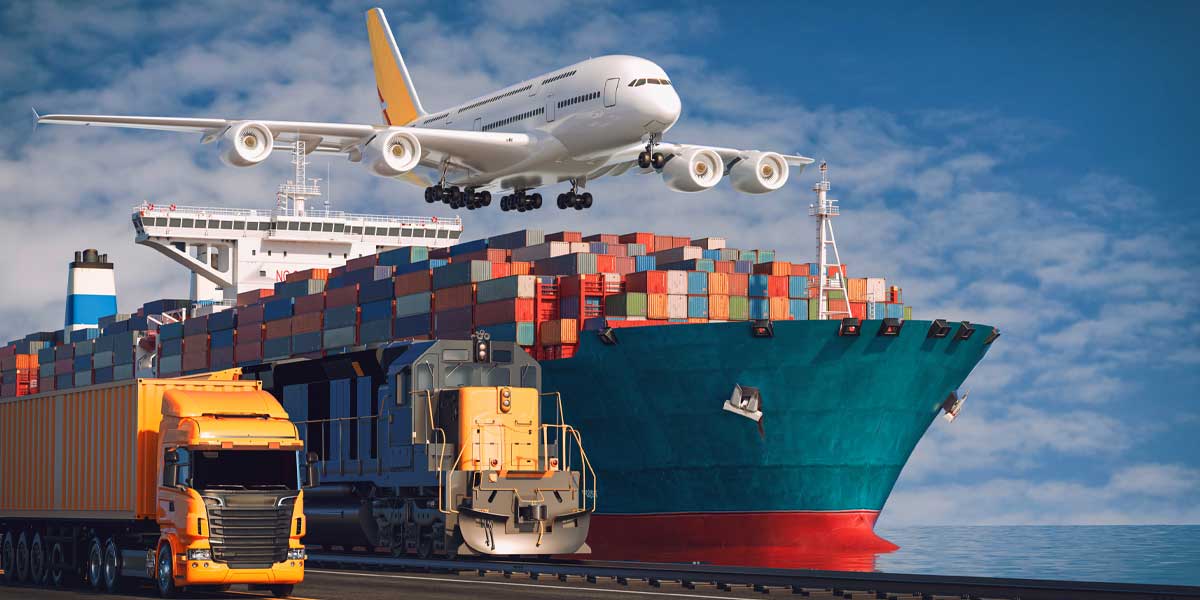LOGISTICS

While wireless communication technologies accelerate the digital transformation of the logistics industry, professional camera systems also play an important role in this process. Camera systems integrated with technologies such as wireless, Wi-Fi, radio and satellite communication, IoT, artificial intelligence-supported transportation robots increase the monitoring, security and efficiency of logistics processes. Here are the main advantages these technologies offer to the industry:
1. Wireless and Wi-Fi Technologies: Wireless and Wi-Fi infrastructures keep devices in warehouses, distribution centers and logistics centers in constant connection with each other. These technologies, which are used in stock tracking, inventory management and personnel coordination, allow operations to be automated. Thanks to wireless connections, fast and uninterrupted data flow is ensured in the logistics network.
2. Radio Communication: Radio communication provides fast and reliable communication between teams and drivers working in the field. Critical for instant communication and emergency response in logistics operations, this system offers low-cost and continuous connectivity over large areas.
3. Satellite Communication: In long-distance logistics operations, satellite communication enables tracking of vehicles and cargo at every point. This technology, which is especially important for deliveries in remote areas, offers uninterrupted tracking and communication, thus increasing the security of operations and ensuring customer satisfaction.
4. IoT (Internet of Things): IoT technology enables sensors and devices to connect to each other to optimize logistics processes. Information such as vehicle locations, cargo status, temperature and humidity are instantly monitored and analyzed. This prevents delays in logistics processes, reduces costs and increases the efficiency of operations.


4. IoT (Internet of Things): IoT technology enables sensors and devices to connect to each other to optimize logistics processes. Information such as vehicle locations, cargo status, temperature and humidity are instantly monitored and analyzed. This prevents delays in logistics processes, reduces costs and increases the efficiency of operations.
5. Artificial Intelligence Powered Handling Robots: Autonomous handling robots powered by artificial intelligence perform material handling operations in warehouses and distribution centers. These robots reduce the need for manpower, increase the speed of operations and minimize error rates. Artificial intelligence also helps optimize logistics processes and make transport routes more efficient.
6. Professional Camera Systems: Ensuring security in logistics centers becomes possible with professional camera systems. Integrated with a wireless connection, these systems provide 24/7 monitoring of warehouses and vehicles. In addition, these cameras, which increase cargo security, allow theft and unauthorized entries to be detected instantly. Professional camera systems are also used to increase efficiency during loading and unloading operations, easily detecting misplacement or damage.
The combination of these technologies makes every stage of logistics operations faster, more reliable and efficient. With wireless communication solutions and professional camera systems, logistics companies can optimize processes while maximizing customer satisfaction. These systems provide a competitive advantage in the logistics industry by combining speed and security brought by digitalization.

